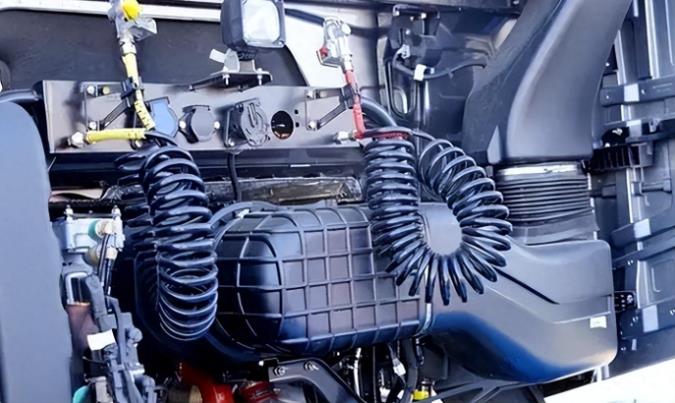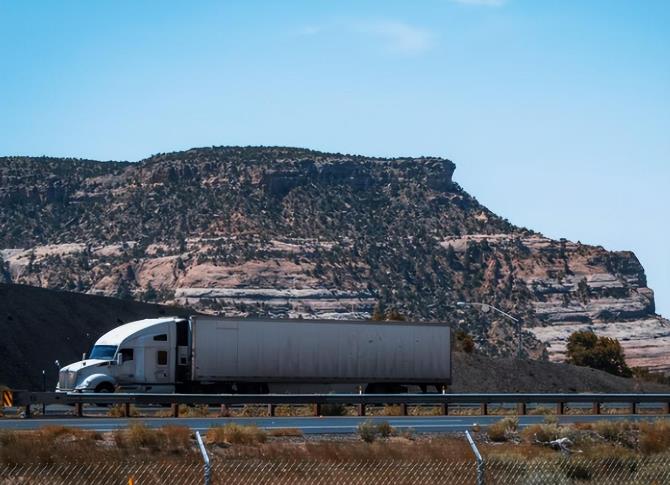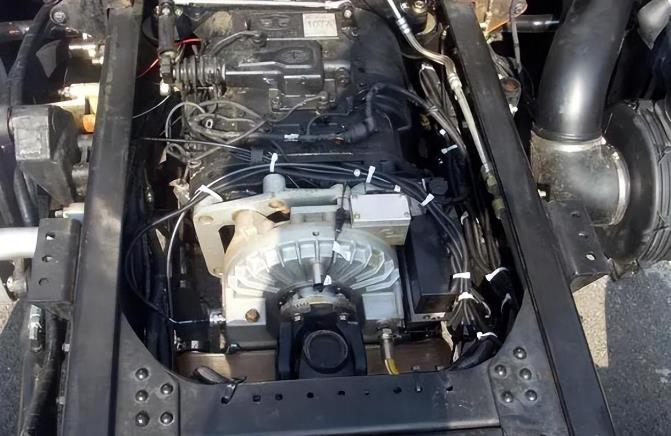NEWS CENTER
NEWS CENTER

Nowadays, the application of hydraulic retarders in commercial vehicles is becoming increasingly popular, and as an auxiliary braking device, it was even referred to as a "miracle tool" for vehicle safety.
The working principle of a hydraulic retarder is to convert the kinetic energy of the vehicle into thermal energy and then dissipate heat through the engine's cooling system. Simply put, it sends high-temperature oil to the cooler for cooling, and then replenishes the cooled oil. This continuous circulation ultimately achieves constant speed or deceleration of the vehicle.

As a relatively emerging auxiliary braking device, hydraulic retarder, although relatively excellent in function, also has strict requirements for operation. If used improperly, it not only fails to achieve the effect of auxiliary braking, but may also cause problems such as excessive deceleration, brake pushover, and vehicle rollover.
At present, although the number of gears for hydraulic retarders on the market is not completely unified, they are basically divided into two gears: constant speed gear and brake gear. For example, first gear is constant speed gear and 2-4/5 gear is brake gear.

Constant speed gear refers to keeping the vehicle speed at a set value and is generally suitable for long downhill driving conditions. For example, keeping the vehicle speed constant at 50km/h, when the speed exceeds this setting, the hydraulic buffer will enter the working state to control the vehicle speed; When the vehicle speed is less than the set speed, the hydraulic buffer will automatically exit the working state.
It should be noted that when using a constant speed gear, the engine speed must be maintained above 1500 rpm. Otherwise, the engine's water circulation slows down, which can easily lead to high temperature or overheating of the oil. The braking effect of the fluid may decrease or even automatically exit. In this situation, the car owner can increase the engine speed by downshifting the transmission, allowing the hydraulic retarder to resume operation.
If the vehicle continues to accelerate downhill in a constant speed range, the owner can actively decelerate through the brake pedal, as hydraulic braking is only an auxiliary braking device and cannot replace the brake pedal.
Remember: In this situation, do not directly adjust the hydraulic buffer to the maximum gear, because the braking torque of the hydraulic buffer is greater than that of the engine braking and exhaust braking. If it suddenly enters the fully open state, it is easy to cause excessive deceleration, causing the vehicle to push its head, roll over, and even slip, affecting driving safety.

The braking gear of a vehicle is generally suitable for use on downhill and flat terrain. The braking torque in the lowest gear is generally around 25%, and the braking torque in the highest gear can reach 100%. Car owners can choose the appropriate gear by shifting the lever according to the road conditions and vehicle speed.
It is worth noting that the highest gear of the hydraulic buffer is generally only used for short distance braking that requires deceleration in non emergency situations. If used for a long time, the engine's heat dissipation effect cannot keep up, and the water temperature will rise sharply. Generally, it can take more than ten seconds for the hydraulic buffer to exit the working state due to the high water temperature.
In addition, the gear of the hydraulic buffer should be changed step by step, and it cannot be used beyond the limit or directly shifted from the lowest gear to the highest gear, as mentioned earlier. The braking torque of the hydraulic retarder acts on the driving wheels, and in some extremely harsh road conditions such as wet, icy, or dark icy roads, the hydraulic retarder is disabled to avoid slipping or rollover.

Although hydraulic retarder is useful, it belongs to the auxiliary braking device and cannot replace the brake pedal. Car owners should not think that they can overload freely just because they have installed a hydraulic retarder. Once the kinetic energy of the downhill exceeds the acceptable range of the hydraulic retarder, its braking effect may also be greatly reduced. In some extremely special working conditions, perhaps the use of other auxiliary braking devices may also be necessary to achieve better braking effects.
ONLINE MESSAGE
 24-hour consultation telephone
24-hour consultation telephone
400-6363-989
If you have any needs, you can contact us
CONTACT US
Customer Service Hotline:400-6363-989 Company Address:No. 2, Guoyuan Road, Industrial Park, Quanpu Town, Liangshan County, Jining Cityall rights reserved Darong traffic machinery Co., LTD Lu ICP No. 20025388-2